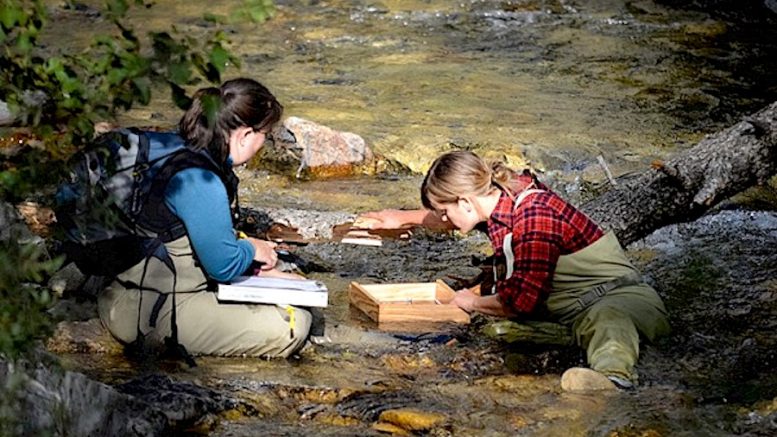Mines in the United States produced about US$82.3 billion in minerals in 2020, according to figures from the U.S. Geological Survey’s Mineral Commodity Summaries report. The figure was about US$1.5 billion lower than 2019’s US$83.7 billion.
The report – now in its 26th year – covers about 90 nonfuel minerals monitored by USGS and includes industrial minerals and natural aggregates as well as ferrous and nonferrous metals.
Breaking the number down into its parts, US$27.7 billion of the US$82.3 billion was generated from metal production, with the principal contributing metals: gold (38%); copper (27%); iron ore (15%); and zinc (6%). The US$27.7 billion figure was 3% higher year-on-year. The USGS also noted that in this category, higher prices for metals like gold, which hit US$2,060 per troy ounce in August, “contributed to the increased value of metal production.”
Of the total, US$54.6 billion (4% lower year-on-year), came from industrial minerals, and the category was dominated by crushed stone and construction sand and gravel (US$27 billion).
Production of 12 mineral commodities in the U.S. were valued at more than US$1 billion each last year. Ranked in decreasing order of importance were: crushed stone, gold, cement, construction sand and gravel, copper, iron ore, industrial sand and gravel, salt, lime, phosphate rock, zinc and soda ash.
Domestic production of rare earth mined concentrates reached 38,000 tonnes, a year-on-year increase of 10,000 tonnes, making the U.S. the largest producer of rare earth concentrates outside of China for the second year in a row, according to the USGS.
In terms of recycling, US$28 billion of metals and mineral products were recycled, according to the report, including copper, gold, iron and steel scrap, and platinum group metals.
Ranked in order of production value from the biggest to the smallest, 12 states each produced more than US$2 billion worth of nonfuel mineral commodities: Nevada, Arizona, Texas, California, Minnesota, Florida, Alaska, Utah, Missouri, Michigan, Wyoming and Georgia.
The report emphasized that the U.S. relies on imports for 17 mineral commodities – 14 of which are described as critical. The U.S. “continues to significantly rely on foreign sources for many raw and process minerals,” the USGS stated in a news release. “In 2020, imports made up more than one-half of the U.S. consumption for 46 nonfuel mineral commodities, and the U.S. relied entirely on imports for 17 of those. A number of these imported minerals are key materials for renewable energy generation and storage, and for infrastructure technologies.”
Last year the USGS and its partners “published a new methodology that evaluated the global supply of and U.S. demand for 52 mineral commodities from 2007 to 2016,” the news release continued. “Of the 35 minerals deemed critical to the economy and national security in 2018, the new methodology identified 23 mineral commodities, including cobalt, niobium, tungsten and certain others classified as “rare earth elements,” as posing the greatest supply risk for the U.S. manufacturing sector.”
Those commodities on the list are: aluminum (bauxite), antimony, arsenic, barite, beryllium, bismuth, cesium, chromium, cobalt, fluorspar, gallium, germanium, graphite (natural), hafnium, helium, indium, lithium, magnesium, manganese, niobium, platinum group metals (PGMs), potash, the rare earth elements group, rhenium, rubidium, scandium, strontium, tantalum, tellurium, tin, titanium, tungsten, uranium, vanadium, and zirconium.


Be the first to comment on "US Geological Survey reports 2020 mine production in the US"